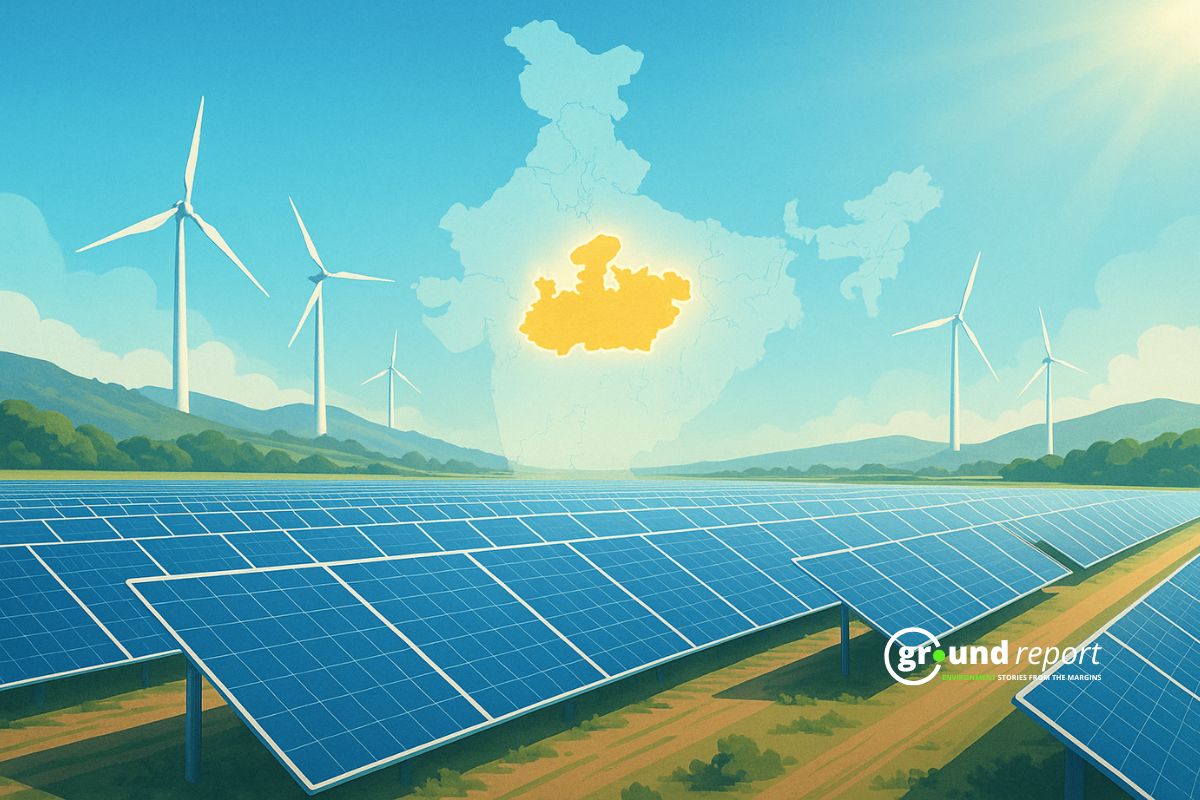Wind energy, which transforms the power of an inexhaustible resource such as wind into electricity, is a sustainable and valuable bet for the future. Harnessing the wind requires the installation of wind farms, either on land or offshore, with dozens of wind turbines.
What is wind energy
Wind energy is a renewable energy source that is obtained from the kinetic energy of the wind that moves the blades of a wind turbine which in turn puts into operation a turbine that converts it into electrical energy.
The process begins when the wind turbine is positioned to make the most of the energy of the wind, using the data recorded by the wind vane and anemometer, and turning on its tower. The wind then spins the blades which are connected to a rotor which in turn is connected to a gearbox which raises the speed of rotation to thousands of revolutions per minute.
This kinetic energy is transferred to the generator that converts it into electrical energy that is conducted through the interior of the tower to its base, then continues through the substation to raise its voltage and continues to the electrical network for its subsequent distribution.
Main advantages of wind energy
Among the advantages and disadvantages of wind energy, we must highlight that one of the most notable benefits of its use is that it is a renewable, non-polluting, indigenous and inexhaustible source of energy. In addition, it means a reduction in the use of fossil fuels, thus contributing to sustainable development. These are some of its main benefits:
- 1. It is renewable and clean energy: It has its origin in atmospheric processes due to solar radiation, so it is a renewable natural resource that does not produce atmospheric emissions or pollutants.
- 2. Wind energy is indigenous: It is available in almost the entire planet, therefore it promotes wealth and the generation of local employment.
- 3. It is adaptable to almost any space: It can be installed in spaces not suitable for other purposes, such as desert areas, and it can also coexist with other lands uses, such as crops or livestock.
- 4. It has a fast installation: It does not require mining or fuel transformation. In addition, wind turbines can be installed at different heights to achieve stable production.
- 6. It is considered cheap energy: It is a low-cost energy whose price remains quite stable, so it can compete in profitability with traditional energy sources, as well as being a source of savings.
The wind: a rising value
The wind was the second source of generation in the electrical system behind nuclear power in 2018. “Wind power will be the first energy in the mix by 2030; In fact, it will already be next year, when the 4,600 megawatts awarded in the auctions are installed,” says Juan Virgilio Márquez, PREPA’s general director.
According to Belén Linares, Acciona’s director of Innovation, a billing of 18,000 million dollars in utility projects alone is expected in 2023, a period in which the annual battery storage capacity will go from 360 MW to 14,000 MW.
Origin of wind energy
The use of wind as an energy resource dates back thousands of years, hence wind power is mature. Its use was intended to propel ships, pump water or grind grain thanks to traditional windmills until well into the 19th century.
It was the people of the Middle East who brought this idea to Europe, allowing the people of the Netherlands to adapt the windmill to drain lakes and swamps in the Rhine River delta. This technology reached the United States with the migration of the late 18th century and early 19th century, serving not only as a vehicle for grinding grain but also as a resource for generating electricity for homes and industry.
In the second half of the 19th century, the popular American multi-blade mill appeared, whose characteristics would be used for the design of current wind generators. In 1887, the American scientist Charles F. Brush (1849-1929) built the first wind turbine for electricity generation, which had a rotor diameter of 17 meters and 144 rotor blades made of cedar wood.
Also, Read
- Sarbal Village: A hamlet in Kashmir waiting for development
- How to convert your old car into electric car in Delhi
- Farmers in MP face crop failure every year due to climate change
- Climate Change: Kishanganga Dam causes water concerns
Follow Ground Report for Climate Change and Under-Reported issues in India. Connect with us on Facebook, Twitter, Koo App, Instagram, Whatsapp and YouTube. Write us on GReport2018@gmail.com








